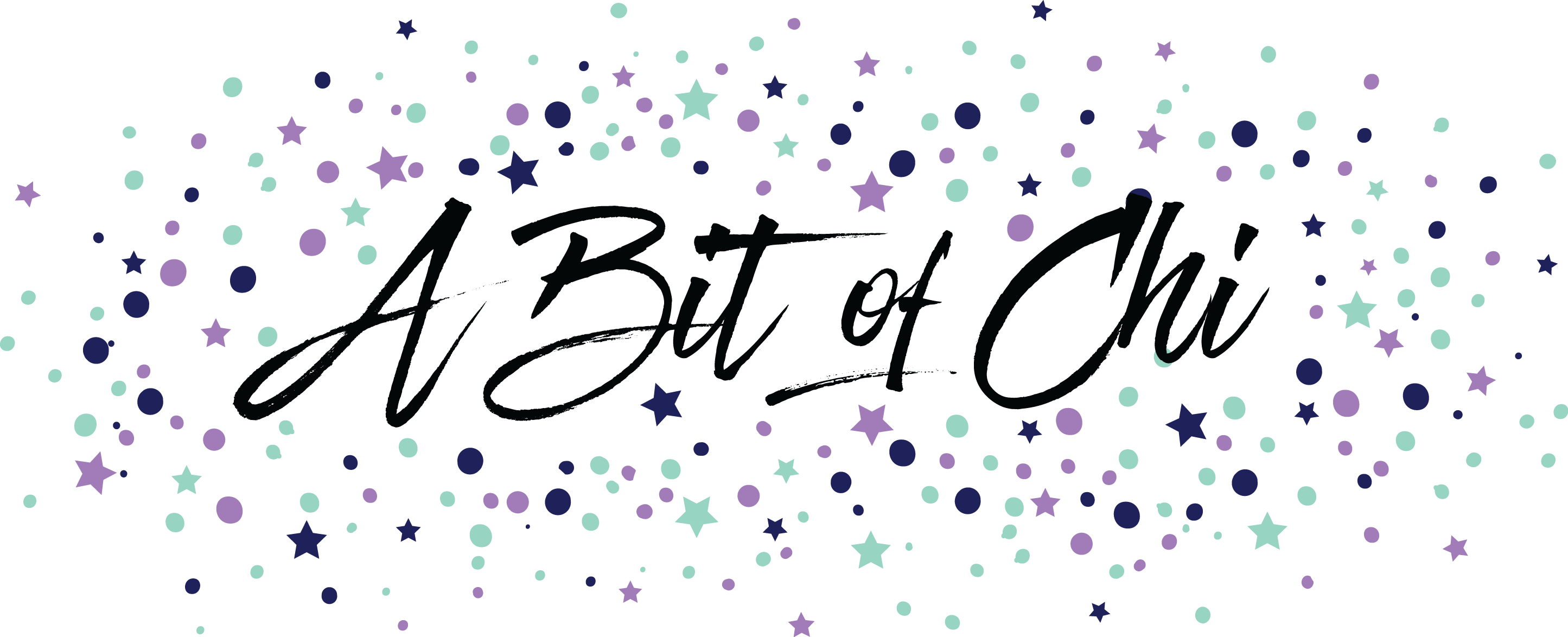I love trying new healthy foods but there are certain items that pretty much stay on my grocery list. One because I love them, and two because they’re so versatile. Check out my healthy food must haves below:
 |
| A few of my must haves |
-
Sweet potatoes – The possibilities are endless for a sweet potato. You can stuff it with lean meats or vegetables, make home made fries with it or hummus, or have it as a side with some seafood and a salad. Get crazy!
-
Goat cheese – I love goat cheese. If it’s savory, chances are I’m putting goat cheese on it. I use this for egg white omelets, sandwiches, sweet potatoes, pasta dishes, salads, and roasted vegetables.
-
Kashi Cereal – I have the same thing for breakfast every morning. A bowl of Kashi cereal. The kind I eat has 10 grams of fiber, 13 grams of protein, and only 160 calories in one serving (1 cup, dry). You just can’t beat that!
-
Vanilla Almond Milk – I use this for my cereal every morning. It would also be great for smoothies and as an alternative to dairy milk in muffin recipes.
-
Trader Joes Rolled Oats & Chocolate Chips Fiberful Granola Bars – I LOVE THESE BARS! I have one each morning with my bowl of cereal. It has 9 grams of fiber and 120 calories per bar. Add that to the fiber count from my cereal and I’ve already had 19 grams of fiber before 9:30. Most people don’t get that much fiber in an entire day! Did I mention these taste so good?!
-
Chicken Sausage – Most of the items on this list I’ve been eating for a while but this is a more recent discovery, and I can’t imagine going without it. You can use it to make a loaded sweet potato, eat it with spaghetti squash, or make a chicken sausage dog.
-
Chobani greek yogurt – The people at Chobani know what they’re doing. Their greek yogurts are so decadent and they truly taste like dessert. One serving usually has at least 10 grams of protein. My favorite is pineapple, but I also love apple cinnamon, mango, and their key lime flip.
-
Bananas – I love my fruits – pineapple, pomegranate, and peach (pretty much any fruit that starts with a “p” and is a little tart), but bananas are my staple. They’re so simple, and you can eat them in a bazillion different ways. On their own, in smoothies, dipped in dark chocolate to satisfy your sweet tooth, or make some whole grain whole wheat banana bread when they get extra ripe.
-
Spinach – You can use spinach as the base of a salmon and goat cheese salad, in a grilled chicken sandwich, a vegetarian lasagna dish, or in a banana pineapple smoothie.


